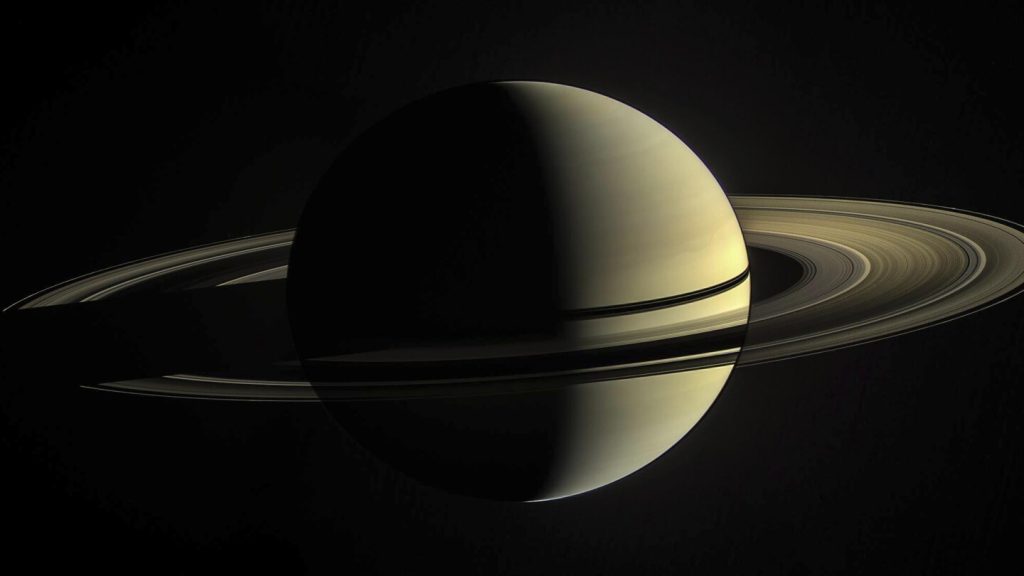Saturn’s iconic rings, a celestial ballet of ice and dust, have long captivated scientists and stargazers alike. Their age, however, has remained a subject of ongoing debate. Previous estimates, based on observations from NASA’s Cassini spacecraft, suggested a relatively youthful age of 100 to 400 million years old. This conclusion stemmed from the apparent pristine nature of the rings, seemingly devoid of the darkening expected from eons of micrometeoroid bombardment. The prevailing theory posited that the rings were a relatively recent addition to Saturn’s celestial ensemble.
A new study, however, challenges this long-held assumption, suggesting that Saturn’s rings may be as ancient as the planet itself, approximately 4.5 billion years old. The research, led by Ryuki Hyodo of the Institute of Science Tokyo, employed sophisticated computer modeling to simulate the interaction between micrometeoroids and the ring particles. Their simulations revealed a surprising phenomenon: upon impact, the micrometeoroids largely vaporize, leaving minimal dark residue on the icy ring particles. The resulting charged particles are then swept away by Saturn’s magnetic field or ejected into space, preserving the rings’ pristine appearance.
This “self-cleaning” mechanism, the researchers argue, effectively explains the lack of darkening observed by Cassini and offers compelling evidence for the rings’ antiquity. The previous age estimates, they contend, were based on the flawed assumption that micrometeoroid impacts would inevitably lead to significant darkening over time. The new findings suggest that the rings’ pristine appearance is not necessarily indicative of youth but rather a testament to their remarkable resilience against cosmic contamination.
While the 4.5 billion-year age estimate represents the extreme upper limit, Hyodo acknowledges the possibility of an intermediate age, perhaps around 2.25 billion years. However, he notes that the early solar system was a considerably more chaotic environment, with large planetary bodies frequently migrating and interacting. These conditions, he argues, would have been more conducive to the formation of Saturn’s rings, lending further credence to the older age hypothesis. The ongoing debate about the rings’ precise age highlights the complexities of reconstructing the solar system’s distant past.
The implications of this research extend beyond simply determining the age of Saturn’s rings. It provides valuable insights into the dynamics of planetary ring systems and the intricate interplay between celestial bodies and the surrounding space environment. The discovery of the rings’ self-cleaning mechanism challenges our understanding of how planetary rings evolve and maintain their appearance over vast timescales. Furthermore, the potential antiquity of the rings adds another layer to the already rich tapestry of Saturn’s history, offering a glimpse into the early stages of our solar system’s formation.
The question of Saturn’s rings’ age remains a captivating scientific puzzle, and this new research offers a compelling alternative to the previously accepted narrative. Further studies and observations will undoubtedly refine our understanding of these enigmatic structures and their place within the grand cosmic timeline. As we continue to explore the mysteries of our solar system, Saturn’s rings serve as a constant reminder of the vastness and complexity of the universe and the ongoing quest to unravel its secrets.

